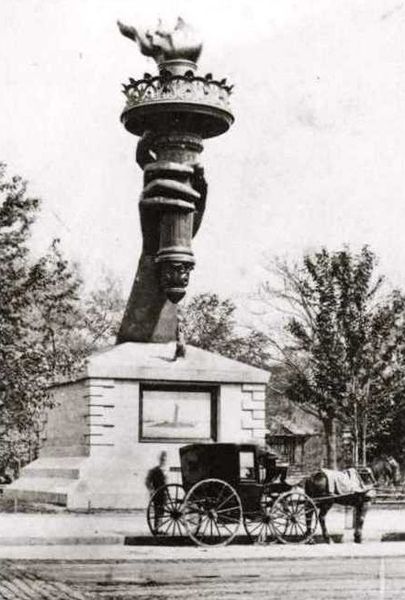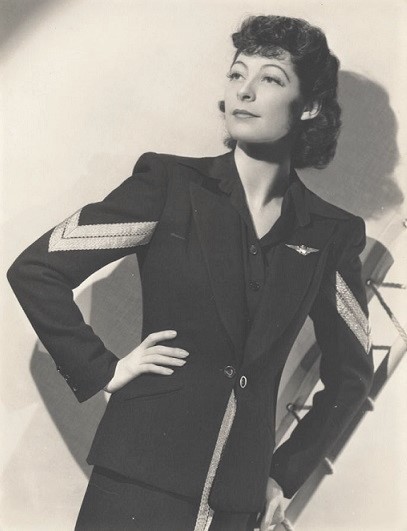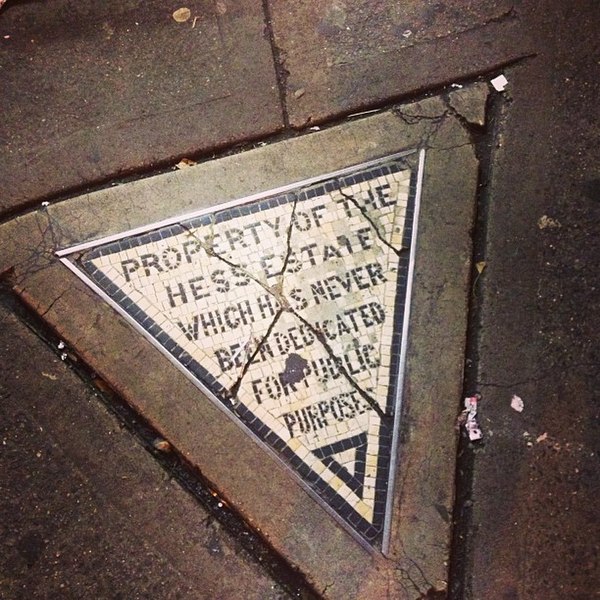“Always let your conscience be your guide,” Jiminy Cricket tells Pinocchio. And so we are constantly telling one another: We seem to believe that following our convictions, whatever they are, is better than “giving in to temptation,” regardless of the outcome. Similarly, resisting temptation and doing what I feel is morally right is somehow praiseworthy, even if it can be shown that my convictions were mistaken. We are saying:
If you believe it is wrong for you to do X then it is wrong for you to do X.
And if you do have such a conviction:
You believe it is wrong for you to do X.
Then combining these statements produces the disconcerting conclusion
It is wrong for you to do X.
This seems to mean that all my convictions about my moral conduct are correct, regardless of the facts of the matter, the substance of my convictions, and even whether I’ve considered them.
“Needless to say, this is deeply implausible,” writes University of New Mexico philosopher G.F. Schueler. “For one thing, not only do these ‘proofs’ not depend on the content of our moral convictions; they don’t depend in any way on how we arrived at these convictions. They ‘prove’ the convictions not only of the moral philosopher who has spent her life seriously reflecting on morality, but also those of the most superficial ditz, who has never read or thought about anything more profound than comic books or video games, not to mention the racist bigot who is convinced that it is wrong for her to allow blacks to vote and the religious zealot who thinks all those who don’t accept her religion should be driven out of the country. They ‘prove’ absolutely everybody’s convictions equally.” And that means we must doubt and study even our own convictions … which is much harder than relying on a cricket.
(G.F. Schueler, “Is It Possible to Follow One’s Conscience?”, American Philosophical Quarterly, 44:1 [January 2007], 51-60.)






